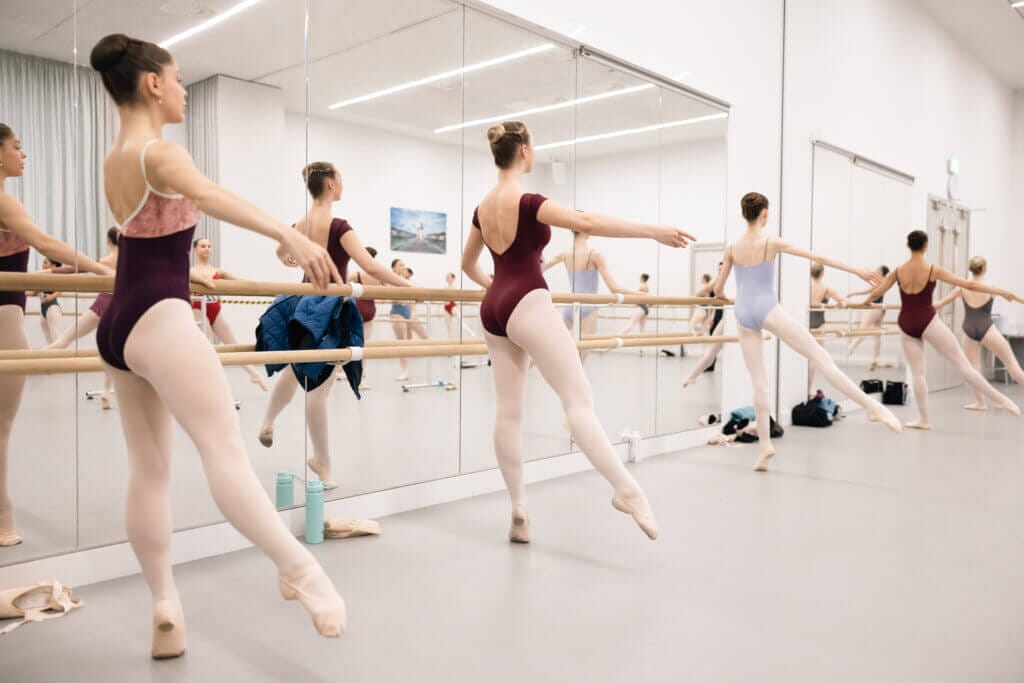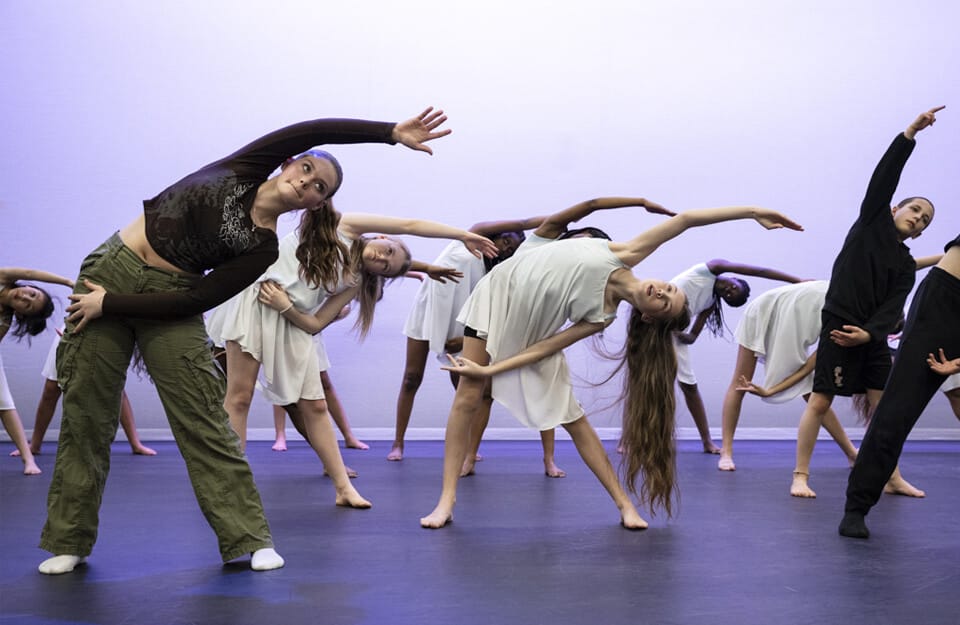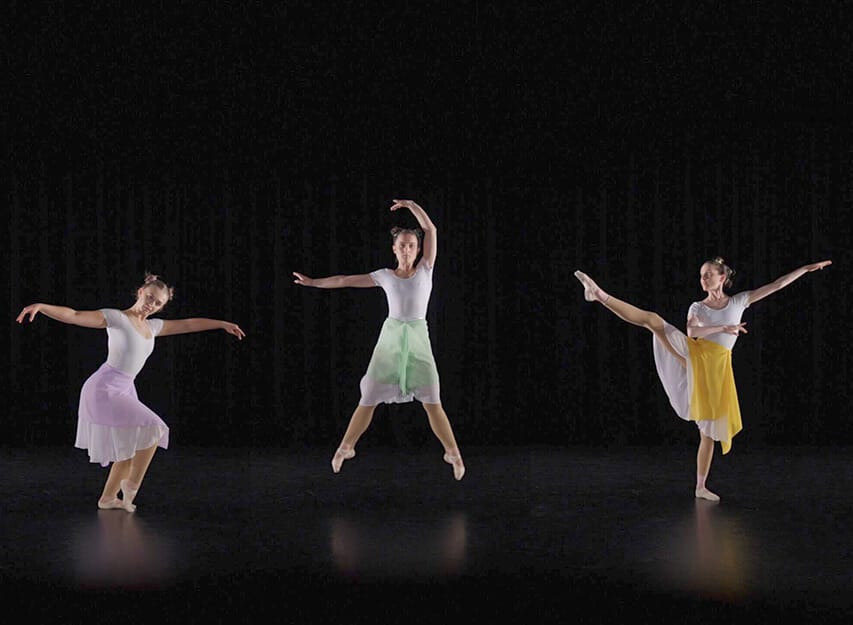Read, listen, and watch
Stay connected with the RAD, get inspired, and immerse yourself in the world of dance. Read our latest news from around the world and other interesting articles. Listen to our podcast. Watch our videos.

Listen to our podcast: Why Dance Matters
Now in its tenth series, our podcast asks remarkable people from the world of dance and beyond and all corners of the globe, why dance matters.
Why Dance Matters is a series of conversations with extraordinary people from the world of dance and beyond. It traces the impact of dance on their lives and asks why dance matters to them – and why it might matter to us all. The RAD inspires the world to dance, and we hope these insightful personal conversations – hosted by David Jays, editor of Dance Gazette, the RAD magazine – will delight and even surprise.
Our podcasts are available on most platforms. Click below on your preferred one and choose from our catalogue of episodes.
Listen to our latest episode
Watch the RAD channel
Subscribing to the Royal Academy of Dance YouTube channel is your gateway to a world of inspiring dance content.
Whether you’re a dancer, teacher, or simply a fan of the art form, the channel offers behind-the-scenes insights, interviews with industry leaders, and much more.
Stay connected to a global community of dance enthusiasts and access content that celebrates creativity, passion, and the transformative power of movement. Don’t miss out—hit subscribe and join us now!

Follow us on social media
Stay informed about what we do! Join us on social media to get a taste of life at the RAD.

Subscribe to our mailing list
- Be the first to hear about our news and events
- Choose the type of news that interests you
- Get discounts from the RAD shop













